Birds, Reptiles, and Fish for Beginners – A Starter Guide to unusual Pets
Modern pet ownership has transcended the traditional boundaries of dogs and cats, welcoming an extraordinary diversity of companions into our homes. From melodious birds that fill our mornings with song to enigmatic reptiles that showcase prehistoric elegance, today’s pet enthusiasts are discovering the profound joy of caring for parrots, fish, and other non-traditional companions. This comprehensive guide will navigate you through the intricate world of exotic pet ownership, ensuring you make informed decisions that benefit both you and your future companion.
Table of Contents
Understanding the Spectrum of Pet Companionship
The Evolution of Pet Ownership
Contemporary pet ownership reflects our growing understanding of animal intelligence and emotional complexity. Birds demonstrate remarkable cognitive abilities, while reptiles exhibit fascinating behavioral patterns that challenge preconceived notions about cold-blooded creatures. Parrots specifically have revolutionized our perception of avian intelligence, with species like African Greys displaying problem-solving skills comparable to young children.
Defining Your Ideal Pet Companion
Selecting the perfect pet requires honest self-assessment regarding your lifestyle, available space, and long-term commitment capacity. Fish offer tranquil companionship with lower daily interaction requirements, while birds and parrots demand significant social engagement and mental stimulation. Reptiles present unique challenges with their thermoregulation needs and specialized dietary requirements.
Exploring Avian Companions: Birds and Parrots
The Fascinating World of Pet Birds
Birds encompass an incredible range of species, from diminutive finches to magnificent macaws. Each species brings distinct personality traits, vocalization patterns, and care requirements. Canaries excel as melodious soloists, while budgerigars thrive in social environments and readily learn human speech patterns.
Parrot Species Selection Guide
Parrots represent the pinnacle of avian intelligence and emotional complexity. Cockatoos form intense bonds with their caregivers but require extensive social interaction to prevent behavioral issues. Amazon parrots demonstrate remarkable talking abilities and playful personalities, though they can become territorially aggressive during breeding seasons.
Essential Avian Care Requirements
Proper parrot care involves comprehensive understanding of their nutritional, environmental, and psychological needs. Full-spectrum lighting replicates natural sunlight, supporting calcium absorption and regulating circadian rhythms. Temperature control prevents respiratory infections, while humidity levels between 50-60% maintain optimal feather condition.
Avian Nutrition and Feeding Protocols
Birds require species-specific diets that extend far beyond simple seed mixtures. Parrots benefit from pelletized diets supplemented with fresh fruits, vegetables, and occasional nuts. Toxic foods including avocado, chocolate, caffeine, and fruit pits must be strictly avoided to prevent potentially fatal poisoning.
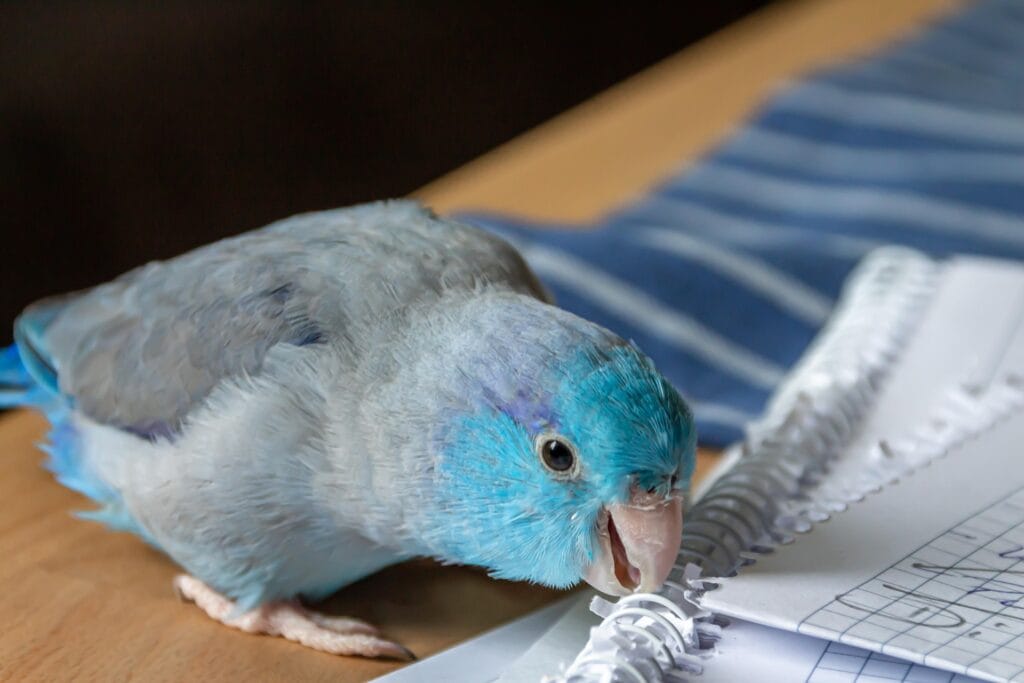
Reptilian Companions: Understanding Cold-Blooded Pets
Introduction to Reptile Ownership
Reptiles offer unique companionship experiences characterized by quiet observation and fascinating behavioral displays. Bearded dragons exhibit dog-like personalities, often seeking human interaction and displaying recognition of their caregivers. Leopard geckos provide low-maintenance companionship while showcasing beautiful pattern variations.
Popular Reptile Species for Beginners
Ball pythons represent excellent starter snakes due to their docile temperaments and manageable adult sizes. Corn snakes display stunning color variations and tolerate handling well. Blue-tongued skinks bridge the gap between traditional reptiles and more interactive pets, often approaching their caregivers for attention.
Reptile Habitat Construction
Reptiles demand precisely controlled environments that replicate their natural habitats. Temperature gradients allow thermoregulation, with basking spots reaching species-appropriate temperatures while cool areas provide retreat options. UVB lighting supports vitamin D3 synthesis, preventing metabolic bone disease in many species.
Reptile Feeding and Nutrition
Carnivorous reptiles require whole prey items or appropriately sized food portions. Herbivorous species need diverse plant matter supplemented with calcium and vitamins. Feeding schedules vary dramatically between species, with some snakes eating weekly while others require daily feeding.
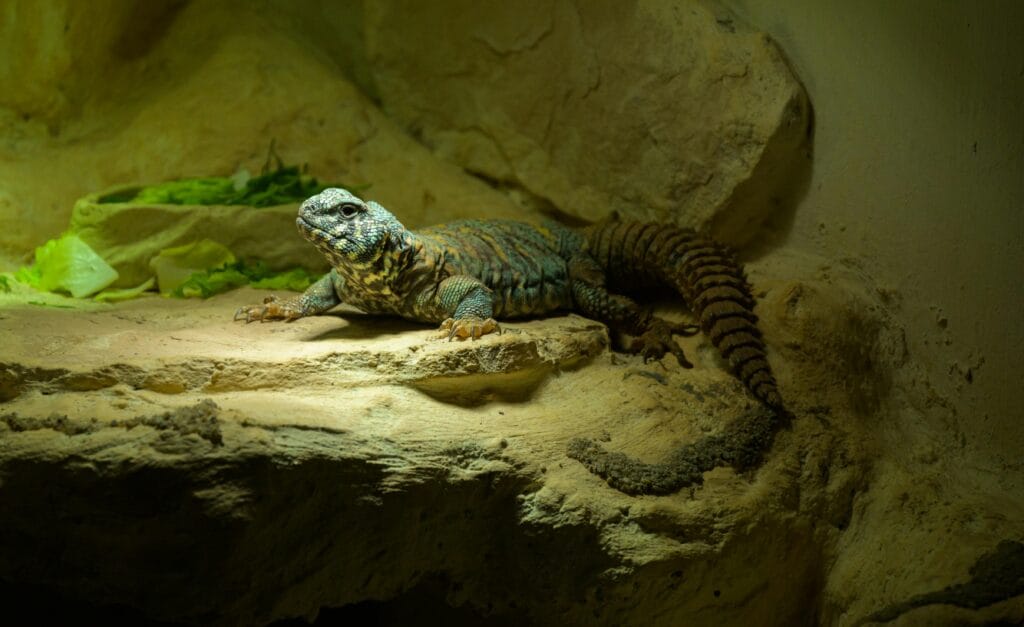
Aquatic Companions: The Serene World of Fish
Freshwater Fish Communities
Fish provide therapeutic benefits through their graceful movements and peaceful presence. Community tanks featuring compatible species create dynamic underwater ecosystems. Tetras, guppies, and corydoras catfish establish harmonious relationships while displaying natural schooling behaviors.
Saltwater Aquarium Mastery
Marine fish present advanced challenges requiring sophisticated filtration systems and precise water chemistry maintenance. Clownfish and tangs showcase brilliant colors while demonstrating complex social hierarchies. Reef systems combine fish with invertebrates and corals, creating stunning living artworks.
Aquarium Setup and Maintenance
Successful fish keeping demands understanding of nitrogen cycles, filtration systems, and water parameter stability. Biological filtration establishes beneficial bacteria colonies that process waste products. Regular water changes maintain optimal conditions while preventing toxic accumulation.
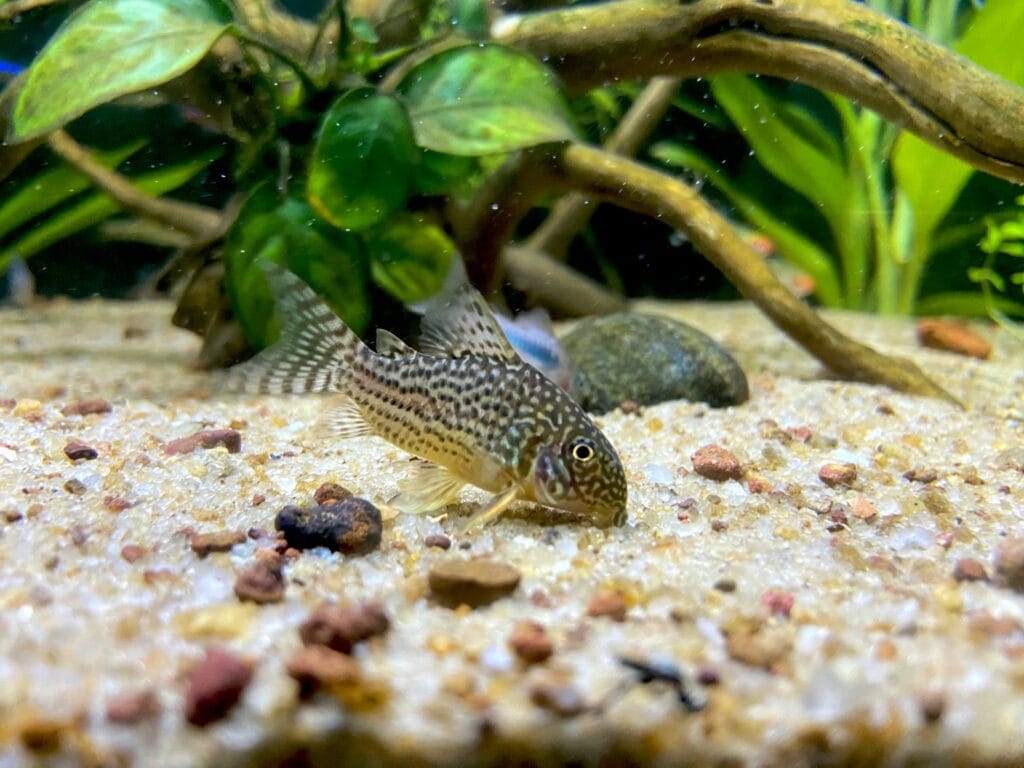
Feline Companions: Understanding Cats
Domestic Cat Behavior and Psychology
Cats maintain fascinating behavioral patterns rooted in their evolutionary history. Territorial marking, hunting instincts, and social hierarchies influence daily interactions. Understanding feline body language enhances communication and strengthens human-cat bonds.
Cat Breed Considerations
Different cat breeds exhibit distinct personality traits and care requirements. Persian cats require daily grooming to prevent matting, while Bengal cats demand extensive physical activity and mental stimulation. Siamese cats are notably vocal and social, often following their owners throughout the home.
Feline Health and Wellness
Cats benefit from preventive healthcare including regular vaccinations, parasite prevention, and dental care. Spaying and neutering prevent overpopulation while reducing certain health risks. Indoor cats typically live longer, healthier lives while avoiding dangers associated with outdoor exposure.
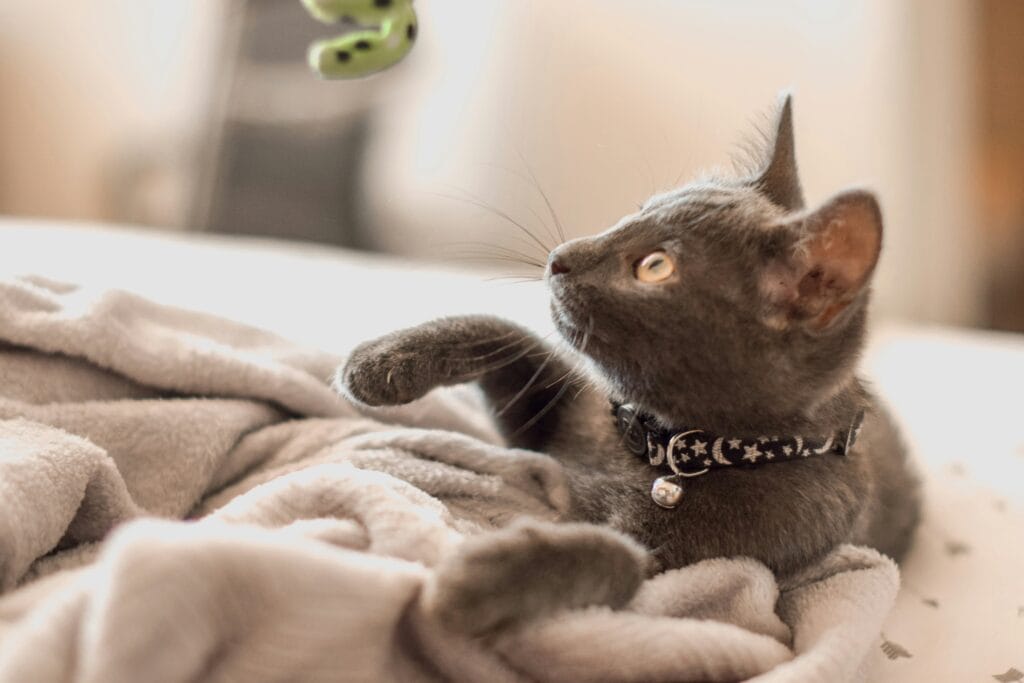
Multi-Species Households: Harmony Among Diverse Pets
Species Compatibility Assessment
Successful multi-pet households require careful consideration of each species’ natural behaviors and stress responses. Birds and cats present obvious predator-prey dynamics requiring absolute separation. Reptiles and fish can coexist peacefully when housed in secure, species-appropriate enclosures.
Creating Safe Coexistence
Physical barriers ensure safety while allowing visual interaction between compatible species. Parrots housed near fish tanks often enjoy watching aquatic activity, providing mental stimulation. Cats must never have unsupervised access to birds, reptiles, or fish due to their strong hunting instincts.
Managing Resources and Schedules
Multiple species require organized feeding schedules, cleaning routines, and healthcare management. Reptiles may eat weekly while birds require daily nutrition. Fish need consistent feeding times, and cats benefit from routine meal schedules to prevent behavioral issues.
Advanced Care Considerations
Veterinary Care for Exotic Pets
Parrots, reptiles, and fish require specialized veterinary expertise. Exotic animal veterinarians understand species-specific anatomy, physiology, and common health issues. Annual wellness examinations help detect problems before they become serious.
Emergency Preparedness
Power outages can be life-threatening for temperature-dependent reptiles and filtered fish tanks. Battery-powered air pumps maintain oxygenation, while heat packs provide temporary warmth. Birds and parrots require emergency transport carriers and stress-reduction techniques.
Long-term Commitment Understanding
Parrots may live 50-100 years, requiring lifetime commitment and estate planning. Reptiles often live 15-30 years, while fish lifespans vary from 2-20 years depending on species. Cats typically live 12-18 years, forming deep emotional bonds with their families.
Nutrition and Feeding Excellence
Species-Specific Dietary Requirements
Optimal nutrition varies dramatically across species. Birds require 15-20% protein levels with abundant vitamin A sources. Reptiles need calcium-to-phosphorus ratios appropriate for their species, while fish benefit from varied diets including frozen, live, and prepared foods.
Feeding Schedule Optimization
Parrots should receive measured portions twice daily to prevent overeating and food waste. Reptiles follow species-specific schedules ranging from daily to monthly feeding intervals. Fish typically receive small portions 1-2 times daily, while cats benefit from multiple small meals throughout the day.
Nutritional Supplementation
Birds and reptiles often require vitamin and mineral supplements, particularly calcium and vitamin D3. Fish benefit from vitamin-enriched foods, while cats on balanced diets rarely need supplementation. Always consult veterinary professionals before adding supplements to prevent overdosing.
Environmental Enrichment and Mental Stimulation
Creating Engaging Environments
Environmental enrichment prevents behavioral problems and promotes psychological wellbeing. Birds benefit from foraging opportunities, puzzle feeders, and rotating toy selections. Reptiles appreciate varied substrate textures, climbing opportunities, and hiding places that replicate natural habitats.
Interactive Enrichment Activities
Parrots excel at puzzle-solving activities that challenge their remarkable intelligence. Fish respond to varied aquascaping and feeding methods that encourage natural behaviors. Cats require hunting simulations through interactive toys and scheduled play sessions.
Common Challenges and Solutions
Behavioral Problem Prevention
Understanding species-typical behaviors prevents misinterpretation of normal activities as problems. Birds naturally vocalize at dawn and dusk, while reptiles may refuse food during seasonal changes. Fish schooling behaviors require appropriate tank mates and adequate space.
Health Issue Recognition
Early detection prevents minor issues from becoming serious problems. Parrots hiding illness symptoms require daily observation for subtle changes. Reptiles showing lethargy or appetite loss need immediate veterinary attention. Fish displaying unusual swimming patterns or color changes indicate potential health concerns.
Building Your Pet Care Community
Finding Reliable Resources
Joining species-specific organizations provides ongoing education and support networks. Local herpetological societies assist reptile enthusiasts, while avian clubs support parrot owners. Aquarium societies offer fish keeping expertise and community connections.
Connecting with Veterinary Professionals
Establishing relationships with exotic animal veterinarians before emergencies arise ensures prompt, appropriate care. Regular wellness visits build familiarity and trust while monitoring long-term health trends.
Conclusion: Embracing the Journey of Exotic Pet Ownership
Choosing and caring for parrots, cats, reptiles, or fish represents a rewarding journey filled with discovery, learning, and companionship. Each species offers unique insights into the natural world while providing emotional benefits that enrich our daily lives. Success requires dedication, education, and genuine respect for each animal’s inherent needs and behaviors.
The commitment extends beyond basic care requirements to encompass understanding complex behavioral patterns, providing species-appropriate environmental conditions, and maintaining long-term healthcare relationships. Whether you’re drawn to the intelligence of parrots, the serenity of fish, the independence of cats, or the fascinating behaviors of reptiles, responsible ownership begins with thorough research and honest assessment of your capabilities.
Remember that exotic pet ownership carries unique responsibilities, including legal compliance, specialized veterinary care, and often significant financial commitments. However, the rewards of sharing your life with these remarkable creatures far outweigh the challenges, creating bonds that enrich both human and animal lives in ways traditional pet ownership rarely matches.
FAQ
How much daily time commitment do birds and parrots require compared to other pets?
Birds and parrots typically need 2-4 hours of direct interaction daily, significantly more than fish or reptiles but similar to cats. Parrots especially require social engagement and mental stimulation to prevent behavioral problems like feather plucking or excessive screaming.
Can reptiles recognize their owners and show affection like cats or birds?
Many reptiles, particularly bearded dragons and some snakes, do recognize their owners and may seek interaction. While they don’t show affection like cats or birds, they demonstrate trust through calm behavior during handling and may approach their caregivers for warmth or attention.
What’s the most important factor when setting up aquariums for fish?
Water quality is paramount for fish health. Establishing proper biological filtration, maintaining stable temperature and pH levels, and performing regular water changes are more critical than decorative elements. Poor water quality causes stress, disease, and shortened lifespans regardless of other care factors.
How do veterinary costs compare between cats and exotic pets like birds, reptiles, and fish?
Exotic pet veterinary care typically costs 20-50% more than cat care due to specialized expertise requirements. Initial exotic pet examinations range from $75-150, while cat visits average $50-100. However, some exotic pets like fish require less frequent veterinary care than cats, potentially balancing overall costs.
Did you enjoy this article?
Help other pet lovers benefit too — Share it on social media! 🐾💚

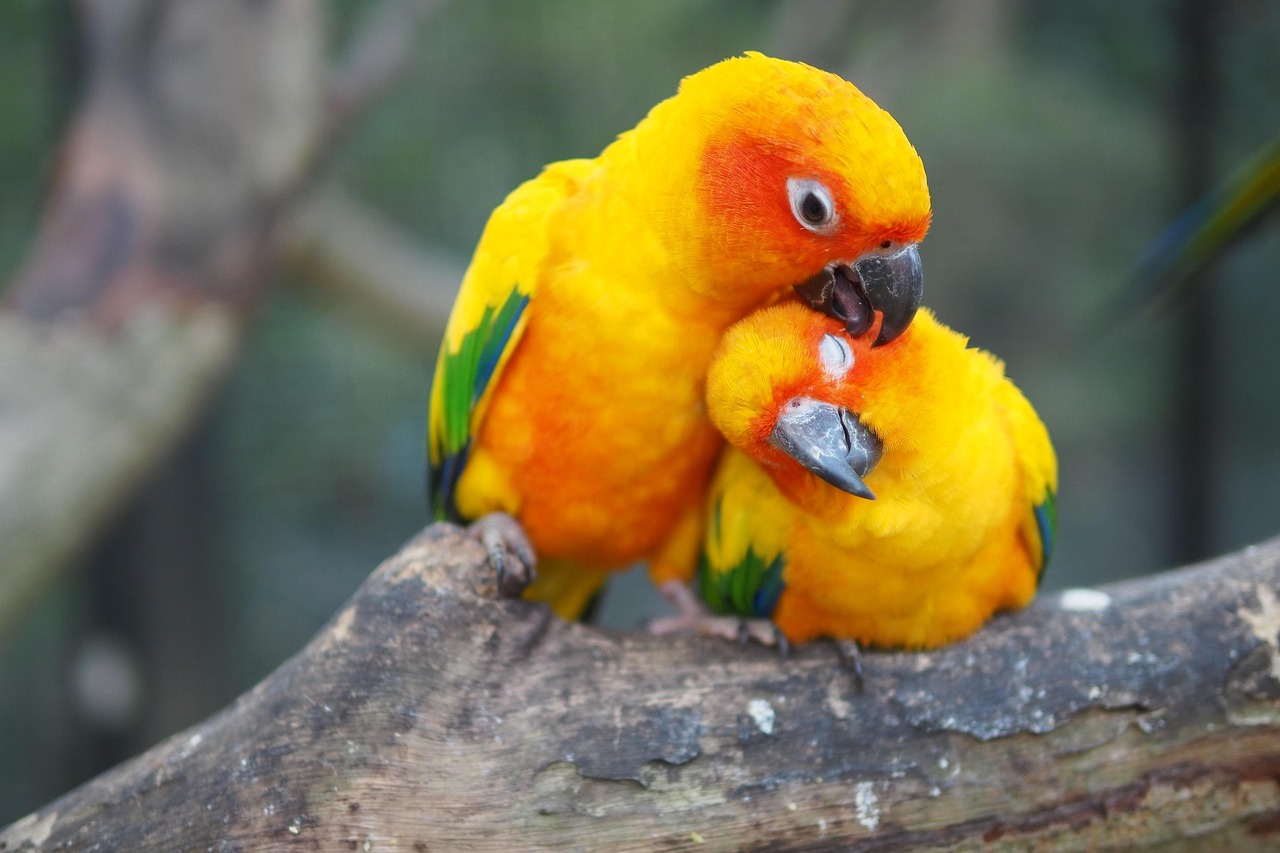
Leave a Reply